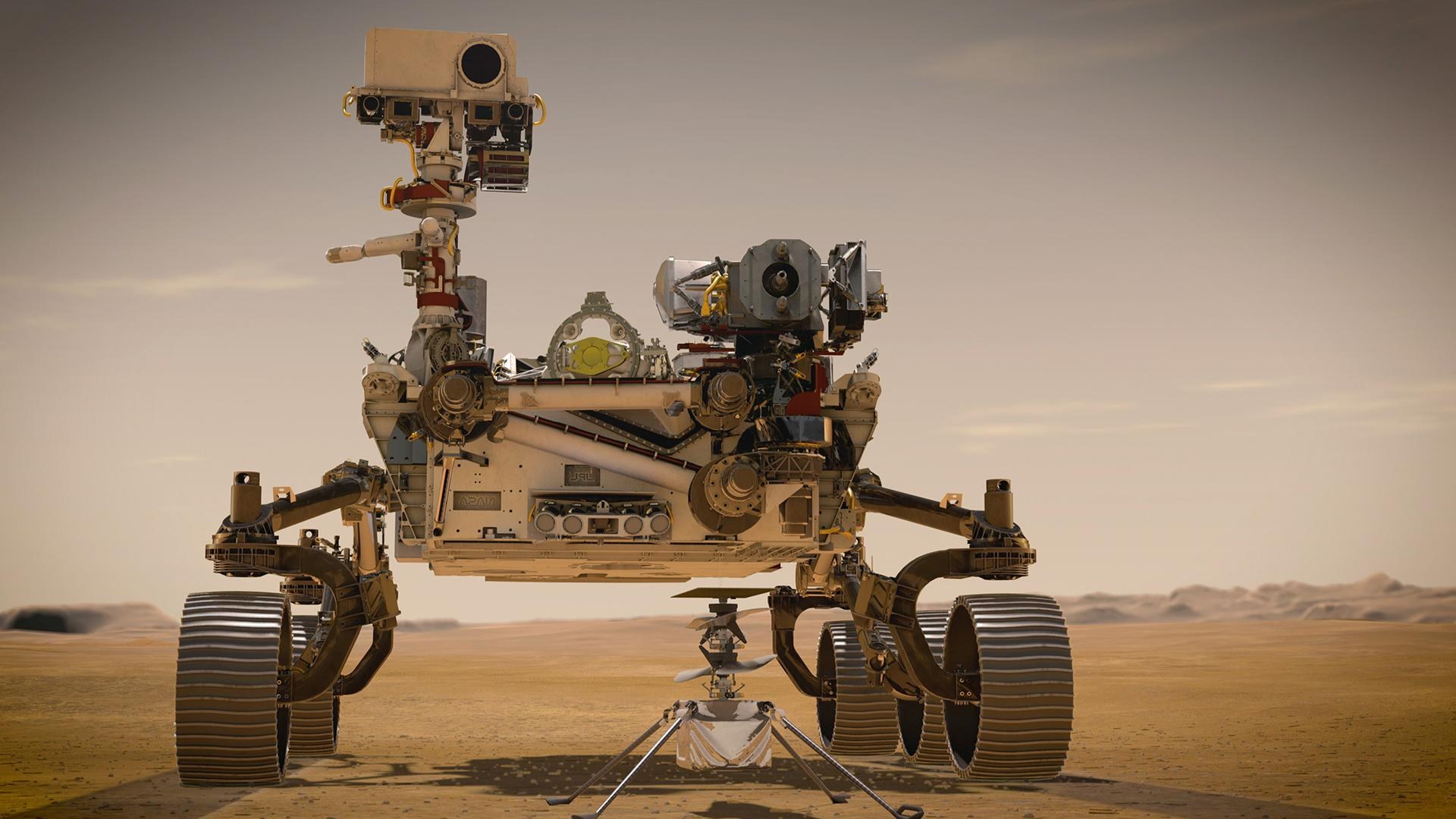The NASA rover Perseverance has now successfully produced oxygen on Mars for the 16th and final time, surpassing the mission's expectations. This announcement comes from the Jet Propulsion Laboratory of the U.S. space agency. Since the activation of the Moxie instrument (Mars Oxygen In-Situ Resource Utilization Experiment), 122 grams of oxygen have been produced. This is equivalent to what a small dog would breathe in over 10 hours, or approximately four hours of oxygen for an adult human. In total, Moxie generated 12 grams per hour, more than double the initially expected amount. The achieved purity level was at 98 percent or higher.
Oxygen for Propulsion Systems
With this demonstration of the technology's functionality, we are one step closer to a future where people can "live off the resources of the Red Planet," as Trudy Kortes from NASA emphasizes. Moxie operated under various conditions on Mars for an entire year, allowing researchers to learn a great deal. For the first time, a technology designed solely to support human survival and departure from the planet was tested directly on Mars. The primary purpose of on-site oxygen production on Mars is not to provide breathable air but to produce oxygen "on an industrial scale" for rocket propulsion.
The device brought to Mars by Perseverance is essentially a reverse fuel cell. First, the instrument collects CO2, which is abundant in the Martian atmosphere but in low density. Therefore, Moxie requires a pump and a compressor to draw in and compress the atmosphere. In the second step, the experiment separates CO2 into carbon monoxide (CO) and oxygen by heating the starting material to 800 degrees Celsius. Initially, the goal was to safely transport the experiment to Mars, demonstrate the method's functionality, and compare various operational modes.
Future Prospects
If Moxie were to have a successor, it wouldn't just be larger, according to the responsible research team. Instead, a full-scale system would be built to not only produce oxygen but also liquefy and store it. However, this is expected to take some time, as many technologies still need to be tested on Mars before sending humans there. "Now it's someone else's turn," says project leader Michael Hecht of the Massachusetts Institute of Technology. Moxie began its work in April 2021, and after a successful test series, no further experiments are planned.
Perseverance's Mission
NASA landed Perseverance on Mars in February 2021. The rover is tasked with searching for signs of possible past life in a former delta on the planet. It has now reached the outskirts of this delta and discovered evidence of a former river system. Perseverance is still accompanied by Ingenuity, the small helicopter initially intended to demonstrate the feasibility of powered flight on Mars. It has excelled in this task and remains operational, so it has not been deactivated.


